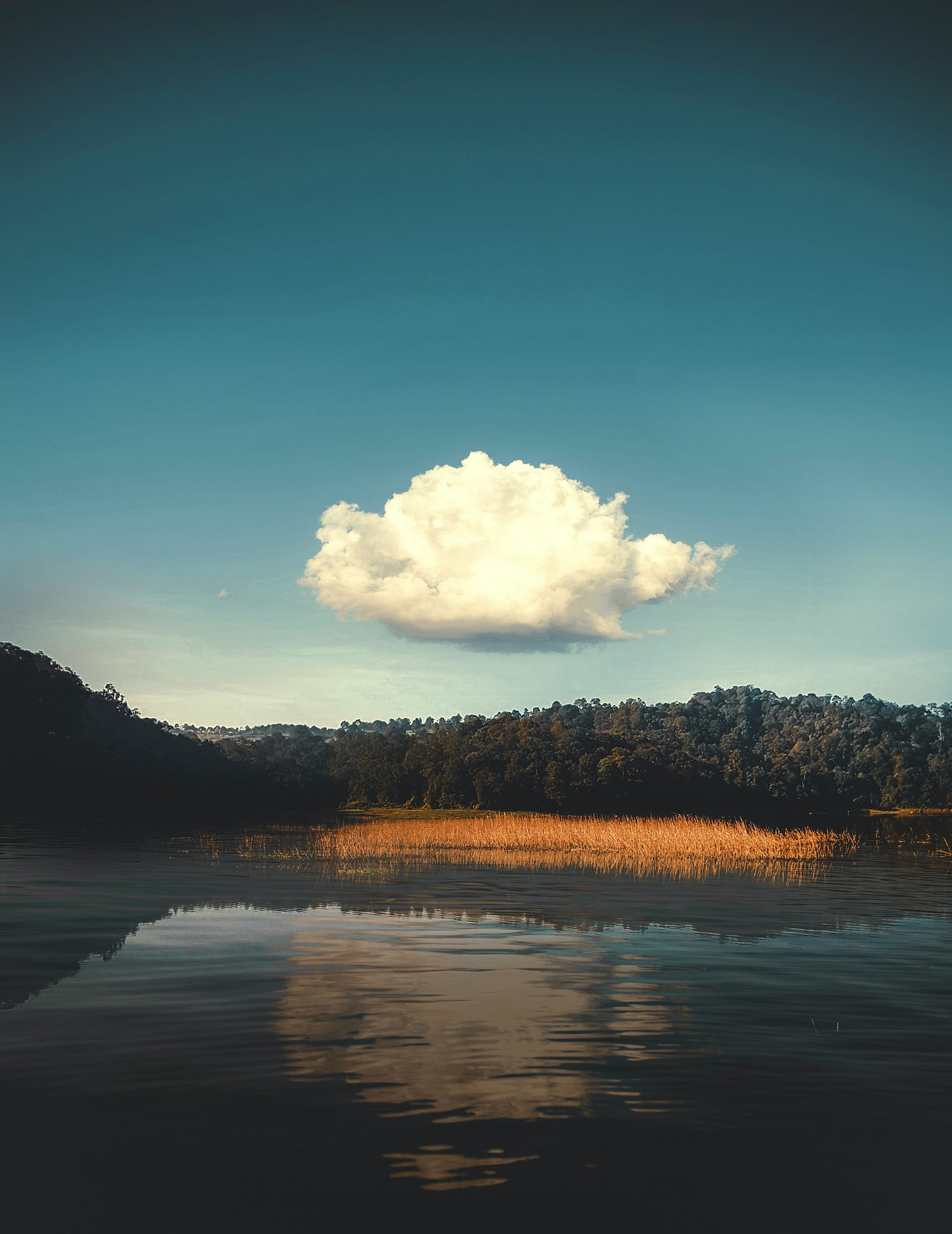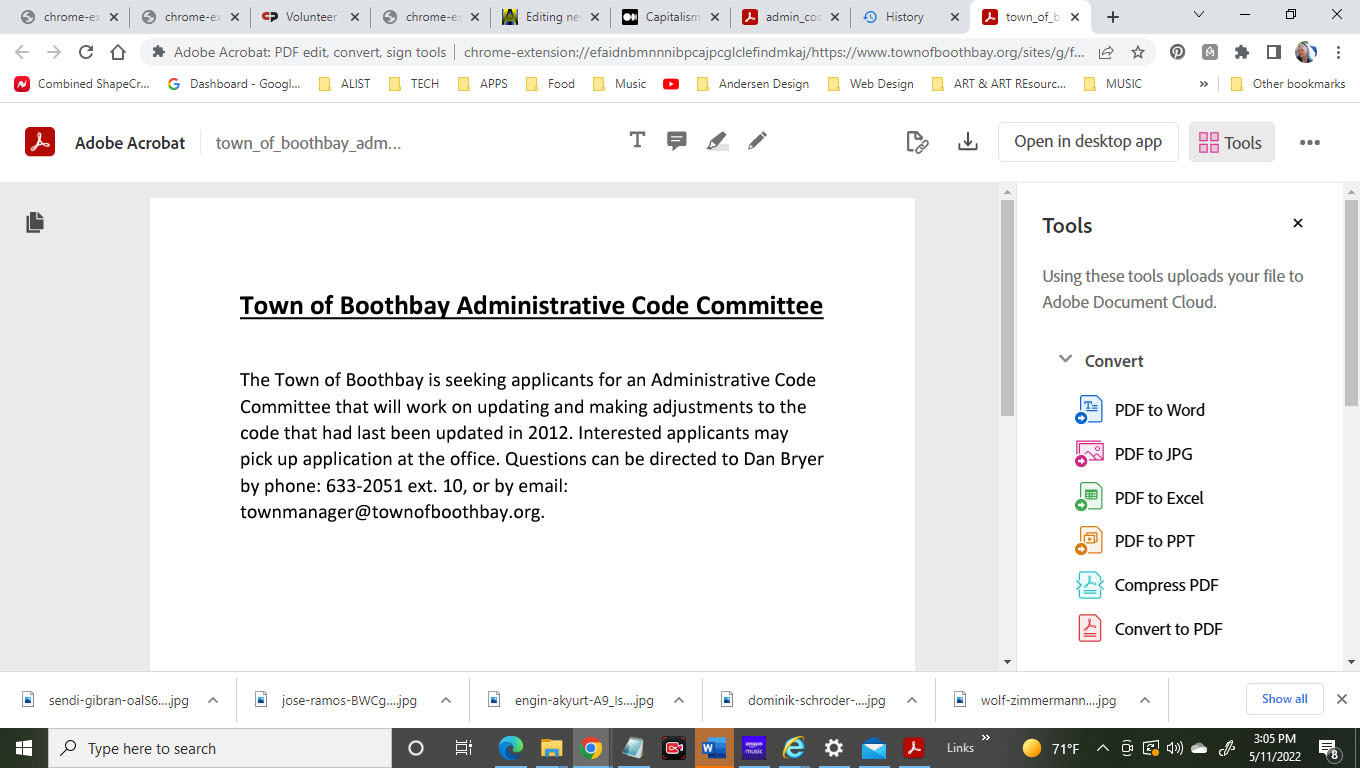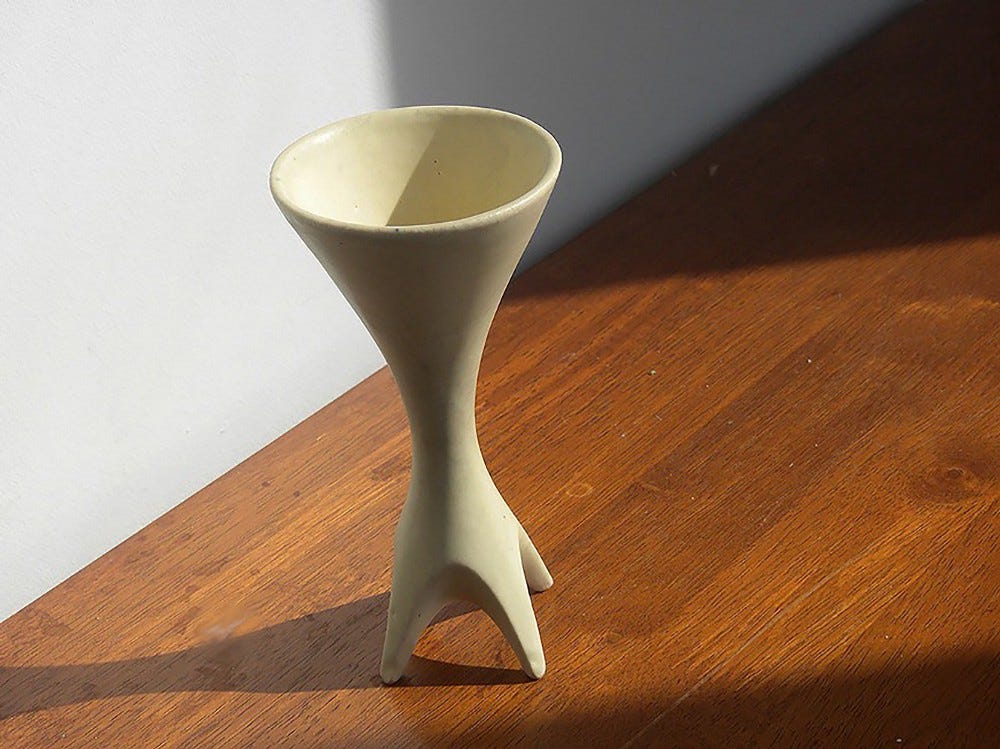Serendipitous Events and a Fellowship Opportunity for Unwritten Stories of Craft History
New Formations Gather On The Horizon
There is a brand new Boothbay Town website design with a Board, Committee & Volunteer Application as well as a specific application call for the Administrative Code Committee.
The way the announcement is written, the Administrative Code Committee sounds like a new committee, starting from scratch. I sent an email asking for an application. The administrative code committee is not an elected position. It is an appointed one, most likely by the Selectmen and/or the Planning Board. I expect that it is very political to be accepted on the board
Note added after publishing: The above link no longer leads to the application for the Administrative Code Committee. Since I did not receive an application in response to my email I stopped by the Town Office to pick one up but I was told there was no such thing. At one point it was said that such a committee does not exist, also that the website is the same it has been for years but I think I would remember since I am no stranger to the Town website. I recall a website without the glossy pictures- just informative. I went back home and clicked on the above link to find it leads to nowhere. However, I was able to find the page I saw this morning in my history and I took this screenshot.
Back to the original published version of this post:
About an hour later I received a package of correspondence I had requested about three weeks ago from the DEP. It is the correspondence that took place between the State Department of Environmental Protection and the Town over the Cross River application. It felt significantly serendipitous, arriving an hour after I asked for an application to be on the administrative code committee. An hour later I am reading code and ordinances, not what I anticipated to be doing when I started the day.
When I opened the new Town website, I saw this announcement at the top:
SPECIAL START TIME - 5:00 PM Joint Boothbay & Boothbay Harbor Select Board meeting on May 11, 2022.
5:00 PM start for joint Boothbay & Boothbay Harbor Select Board meeting regarding the Boothbay Region School charter
The meeting will happen tonight as I write. The timing of the decision to re-write the School Charter streamlines with a ballot initiative scheduled sometime in 2023 when voters get to decide whether they want a new fifty million dollar school currently being aggressively advocated through a two and a half million contribution to pay for the design of the architectural design courtesy of non-profit dark money, spearheaded by Paul Coulombe but with no identified organization attached.
In this one-newspaper town, The Boothbay Register provides free political advertising for one side of an upcoming ballot initiative with past and present updates of the progress of the architectural design of the future ballot initiative, a permanent fixture in the Spotlight section of the newspaper. No other options for the development of the community and education within the community or the larger region are given equal space.
I believe there are others who prefer an alternate vision for the Peninsula but little of that is given voice and so I sent a press release to the Register announcing a 5000.00 Fellowship opportunity for unwritten craft history. A museum, such as the one I have been trying to start is also an educational institution. Should a story about Andersen Design win the fellowship, it might also bring some momentum to the museum, perhaps even finding the board members needed to get it going. If one is not to be home to a state centrally managed industrial training center, which will likely be so dominant as to marginalize much of our historical culture, the alternative is decentralized alternative educational options, for which I am nominating a Museum of American Designer Craftsmen as part of the mix. I believe that the story of Andersen Design has a strong chance of winning one of the six $5000 Fellowship grants and in addition, promoting it provides an opportunity to open up a conversation about the future of the Peninsula and region.
Looking for A Researcher to Write Untold History for a 5000.00 Fellowship Competition.
Six Fellowships are available for unwritten crafts history.
There is no Wikipedia page for Andersen Design, established in 1952 as production as an art form on the Boothbay Peninsula in Maine. I had heard that a Wikipedia story has to be written by a third party but despite our renown and many collectors worldwide, no one wrote a Wikipedia article about us.
So one day, upon coming across the Wikipedia page on mid-century design under the heading, Industrial Design, I saw my parent's personal friends and colleagues, stores that sold Andersen, and other companies of the era.
Andersen Design is unique in creating an extensive line of wildlife sculptures and a line of functional forms, produced in bodies and glazes made from raw materials using our original recipes favoring fluid interacting qualities that are very rarely used in a productive process.
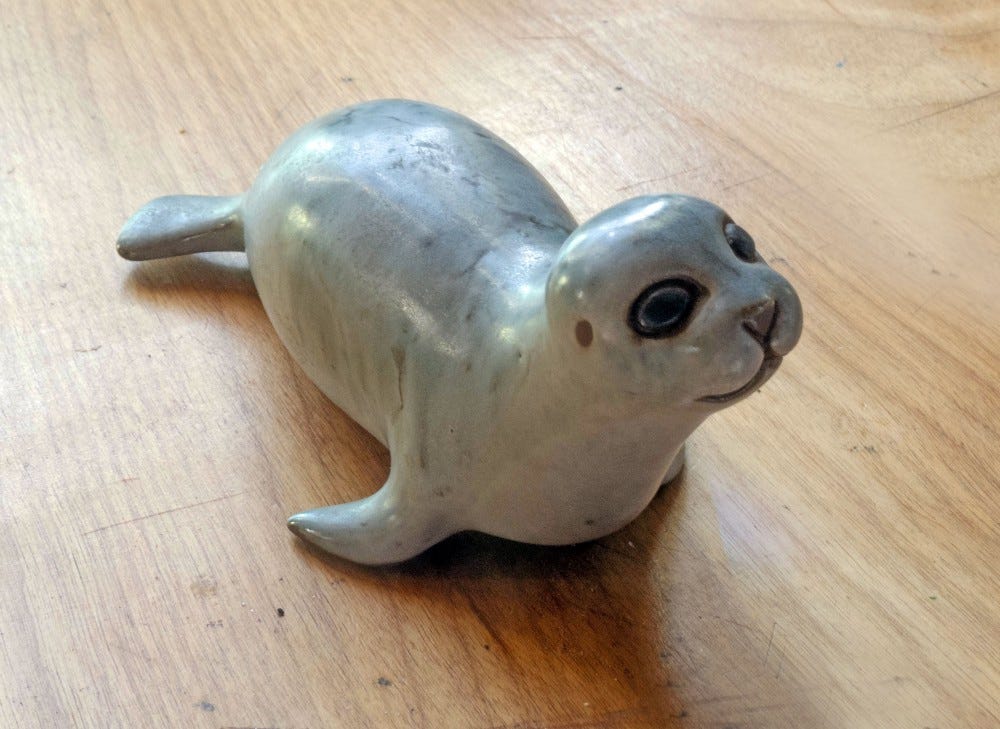
And so after many years of waiting for someone else to write about Andersen Design for Wikipedia, I edited the Industrial Design section of Wikipedia Midcentury Design to include Andersen Design, established in1952.
My edit was removed by the admin and I was told I needed a reference from a peer-review journal. I submitted the write-up about Andersen in the Book The Collector’s Eye , Decorating with the Objects you Love by Christine Churchill, published by Harper Collins. I received no further response from Wikipedia, although every other designer mentioned in Christine Churchill’s book is more widely known than Weston and Brenda Andersen, Weston, and Brenda Andersen are the main features in that section of the book, dominating both images and text.

M u r a n o G l a s s S t u d i o Pot t e r y
“If you’d like to know the next big thing in collecting twentieth century design, you might want to ask Sara Blumberg and James Oliveira……..
Italian glass is one of the fields that now consumes them, particularly the stunning shapes that have been produced for hundreds of years on the fabled isle of Murano in the Venetian Lagoon. They’ve also been buying American studio pottery from the 1950’s and the 1960’s ,especially the simple bowls and vases made by Weston and Brenda Andersen in East Bootbay, Maine. Not to mention twentieth century Scandinavian pottery.
What do these disparate fields have in common? Looking at the pottery shapes on display, you can see that the crosscurrents of design have flowed from Europe to America and back. But Sara has a more elemental reason: “It all comes down to form”. In relating why they love one group of Andersen pieces, she calls them “organic” and the same would be said about their favorite objects-not to mention the way they have decorated their home.”
“Responsible for changes good and bad in architecture and design, the industrial Revolution changed the manufacturing process of pottery for good. New factories spat out thousands of pieces of pottery per day — their goal to stock kitchens and dining rooms of middle-class Europe and America quickly and inexpensively.
The Scandinavians were the first to rebel. They began to address the need for “good design for every day use” around 1916. For Swedish artist and alchemist Wilhem Kage, that meant inventing hundreds of new glazes.
The Americans were quick to follow suit, benefiting from the influx of European designers during the 1930’s and 1940’s. The Scheiers were a husband-wife team famous for creating slightly off-center pieces. Also thumbing their noses at machine-made perfection were Weston and Brenda Andersen of East Boothbay Maine (many of their pieces are seen in this spread)”
The above is a piece of written history about Andersen Design, but Wikipedia, a more widespread source of information, refuses to include Andersen Design in a history of Mid-Century Industrial design unless we have a write-up in a peer review journal. A research project that brings to life the history of Andersen Design with its historical roots connecting it to earlier arts and crafts movements reacting to the Industrial Revolution has a strong chance of winning the fellowship because in our own field Andersen Design has a strongly established recognition. Andersen Design was sold in small shops, museum stores, department stores, and catalogs across America as well as in department stores in Japan and Denmark. Today many of the players who can tell the history are alive but aging. All across America, there might still be special and unique stores that sold Andersen as well as the collectors who passed the collections down from one generation to the next. Why did this happen? What did it mean? This is a unique story that needs to be told, particularly in these changing times.
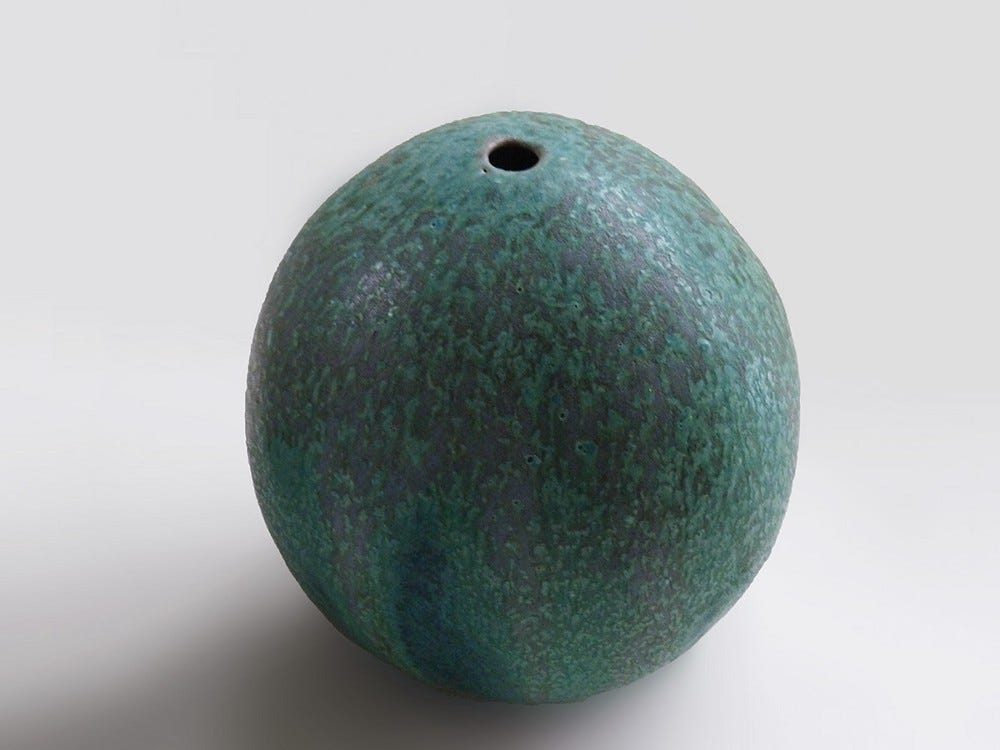
CRAFT ARCHIVE FELLOWSHIP This fellowship will foster archival research on underrepresented and non-dominate craft histories in the United States, such as feminist, intersectional, queer, Black, Indigenous, Latinx, Asian American and Pacific Islander, and other communities and approaches.
Six fellows will be awarded $5,000 to support archival research on underrepresented and non-dominant craft histories in the United States.
Andersen Design is underrepresented in craft history because of a series of unique choices that were made. Weston and Brenda Andersen were a part of the core urban midcentury designers where Weston learned slip-casting from Eva Zeisel while studying Industrial Design at Pratt Institute, but Weston and Brenda took a unique course, not only did they design for industry but they reinvented industry using production as an art form well in advance of Andy Warhol popularizing the concept by targeting a celebrity clientele. The Andersens targeted the middle class because that was the class they preferred, while Andersen work was also collected by the well-to-do. The second unusual choice was in choosing to use non-traditional productive techniques, and thirdly in creating a niche market of their own making rather than pursuing mass market visibility.
To tell this story of a production as an art form as a business in a home creating its own niche market outside the mainstream is a relevant story to be told in today's changing world. If you would like to apply for this fellowship, we are available as a resource. Why did Andersen Design happen and how did it happen? That is an interesting story to tell. You can click on the link for the Center for Crafts above which provides information about an explanatory zoom meeting on May 31st. The deadline or the application is about a month later.
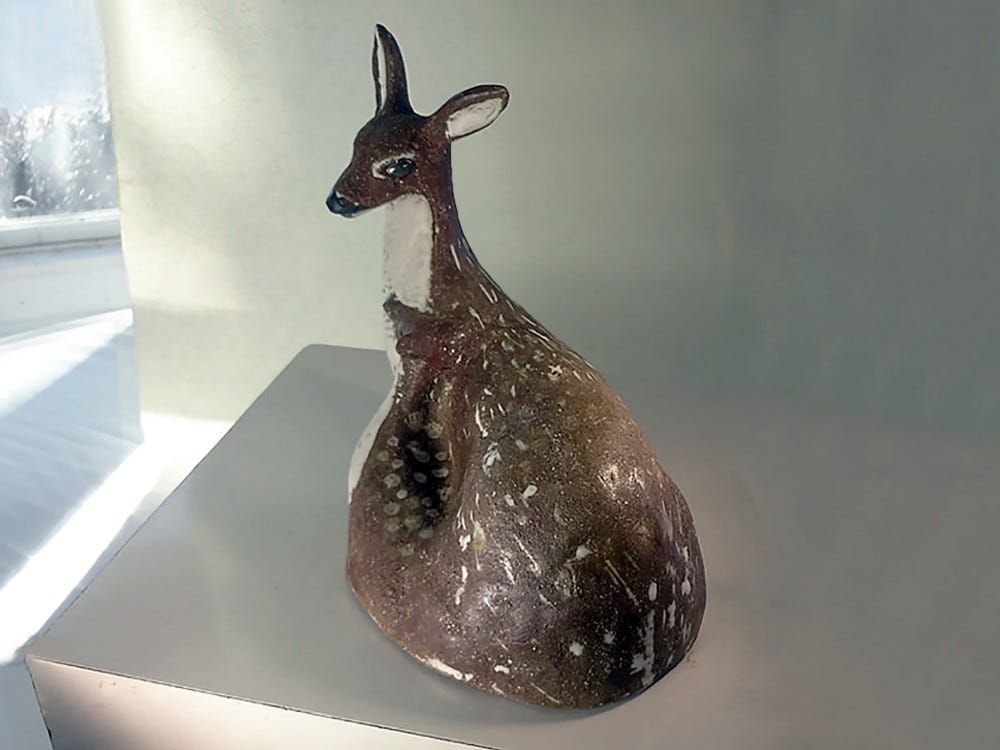
.




